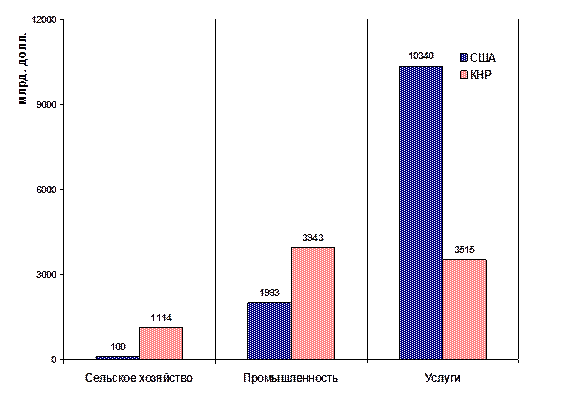There is a fundamental difference between formal equivalence, on the one hand, and semantic and pragmatic equivalence, on the other. Formal equivalence may accompany semantic and pragmatic equivalence but it is by no means mandatory. It has been pointed out that the translator does not set himself the task of preserving the syntactic relations of the original. Nor does he aim at formal equivalence between the original and the translation. Usually formal equivalence results from similarity of grammatical forms and lexical items of the two languages. But it does not arise out of a deliberate effort. Adequate tra nslation may be defined therefore as that which is determined by semantic and pragmatic equivalence between the original and target-language text. Cases of formal equivalence without semantic or pragmatic equivalence are usually described as literal translation. Literal translation reproduces the linguistic form of the original regardless of semantic or pragmatic equivalence. It may reproduce the morphological and sound form as, for instance, in Chukovsky's well-known examples: композитор for compositor, „ерри ќрчард (Cherry Orchard) instead of Ђ¬ишневый садї. It may also reproduce lexical items, overlooking the idiomatic meaning of the phrase ("God bless my soul" -ЂЅоже, благослови мою душуї).
In other words, literal translation reproduces the form at the expense of the meaning and distorts the original. In some cases it may violate a stylistic norm as, for instance, in reproducing the syntactic form of the original message: "It was he who did it" - ЂЁто был он, кто это сделалї.
Finally, it may reproduce both the linguistic form and the denotational meaning but ignore the pragmatic aspects of the message. As a result, the message will not get across, and the intended communicative effect will not be attained (e.g. the English sentence, comparing "the sky to Guiseley sandstone", translated as ЂЌебо было серым, как гизлейский песчаникї, is pragmatically inadequate).
Free translation, on the other hand, consists in pragmatically unmotivated additions and omissions of semantic information. In literal translation the translator distorts the message by slavishly reproducing the form while in free translation he distorts it by overstepping his authority and assuming the role of a co-author.
For instance, Irinarkh Vvedensky sometimes added pages of his own to Dickens's novels. He translates the phrase "She burst out crying" as Ђ—лезы показались на прелестных глазах милой малюткиї. And the word "refuge" as Ђѕриют, где наслаждалс€ € мирным счастьем детских летї.
The ways of adequate translation
Grammatical and lexical parallelisms between the source language and the target language made it possible in some cases to retain formal equivalence without departing from semantic or pragmatic equivalence. Otherwise various lexico-grammatical transformations are used. For details see the lectures on the lexical and grammatical problems of translation.
Losses and their compensation
It will be recalled that some marginal elements of information may be lost in translation. Some of them may be compensated for by the use of different devices, sometimes in a different portion of the message. For instance, the Russian vernacular ЂЌо ваше дело рисковоеї (Sholokhov) may be translated as "But your job is damn risky" thus the use of a low colloquial lexical item (damn) compensates for the nonstandard morphological form (рисковое). In the phrase Ђподкинуть идейкуї a derogatory connotation is expressed by the suffix. In the English phrase "to sell the idea" the noun is neutral but the derogatory connotation is shifted to the verb.
LECTURE 4






